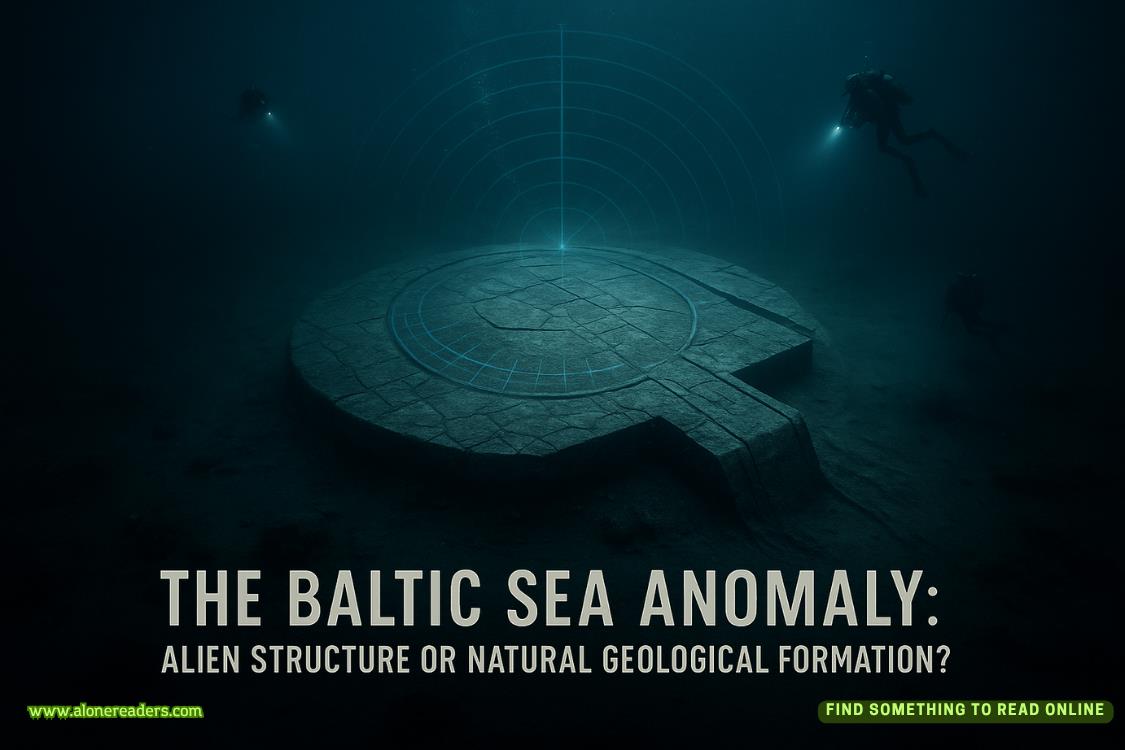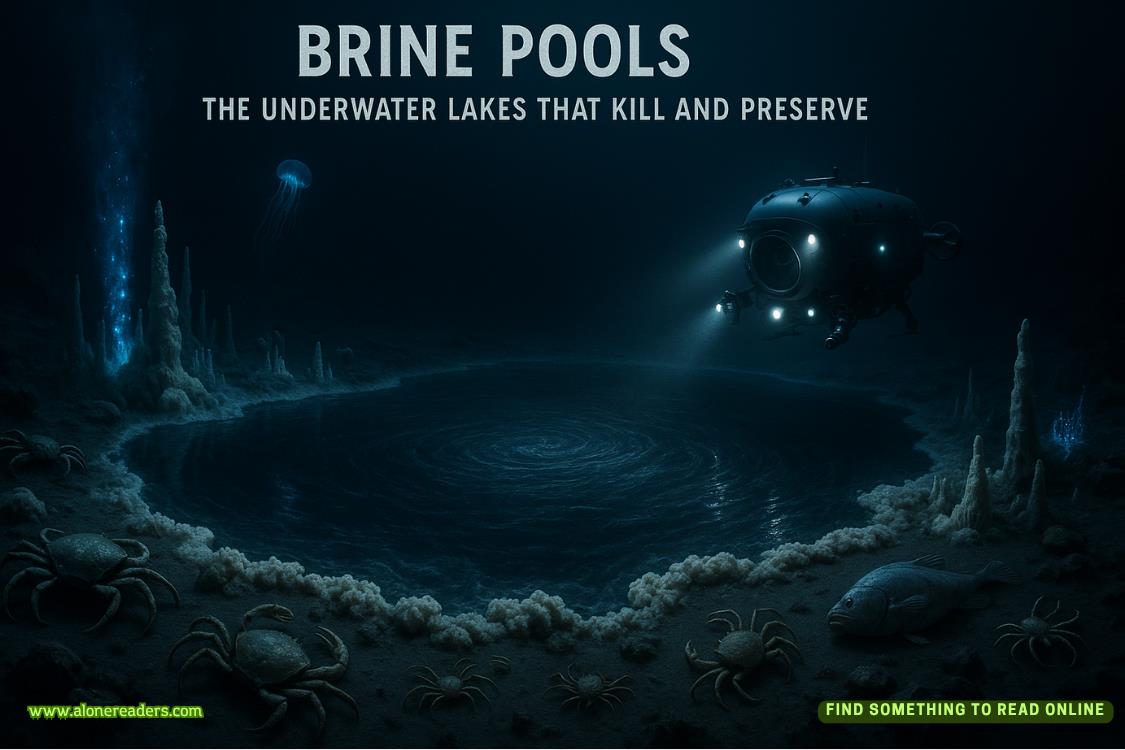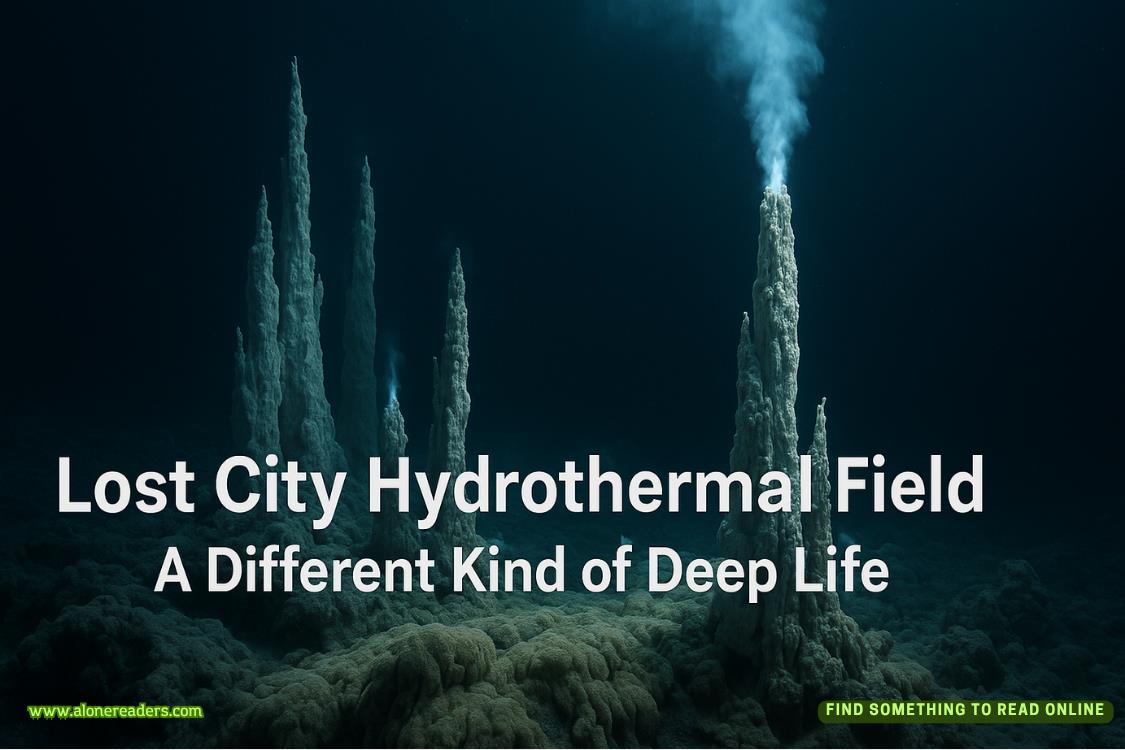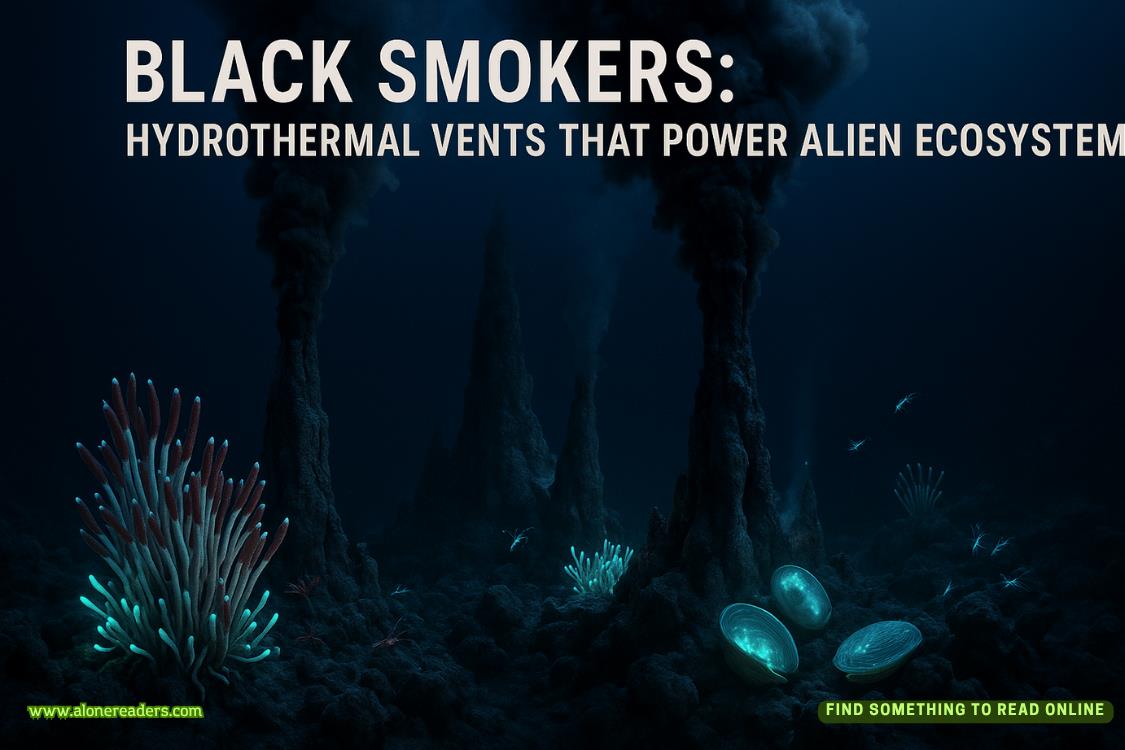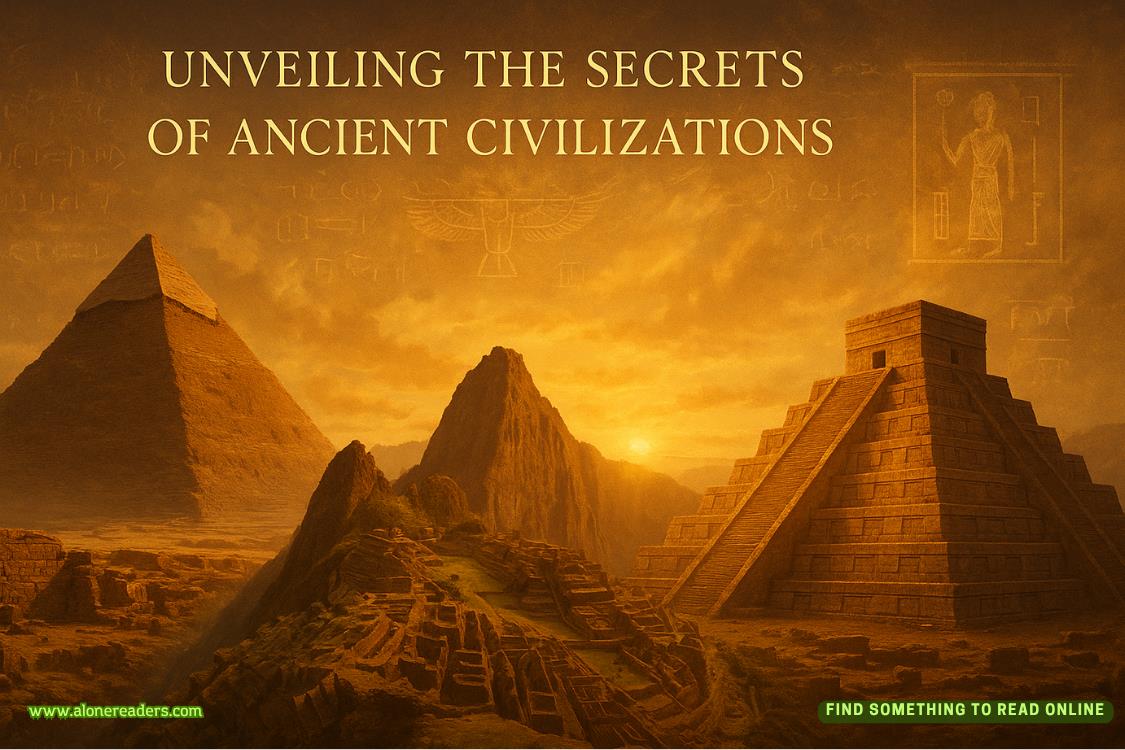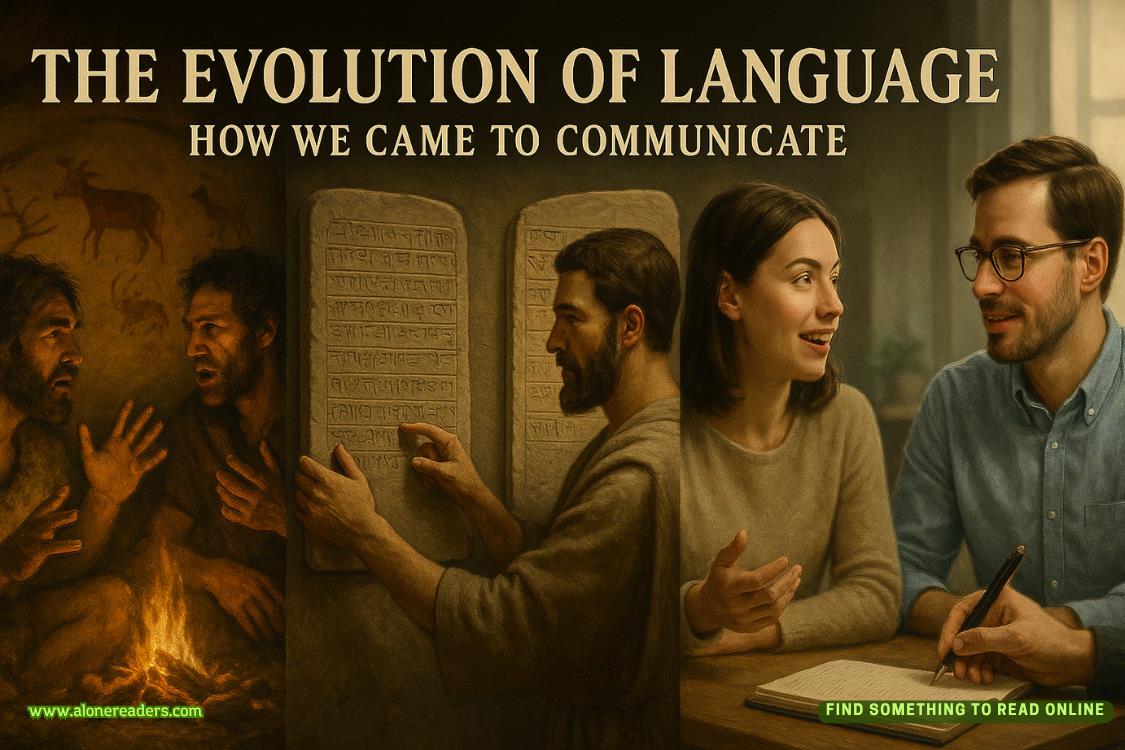Page 86 of No Escape
“Yes,” Stefan replied. “Maybe they’re elsewhere in the castle?”
“We can’t leave this room,” Alessa reminded us. “They have to be here somewhere.”
“I agree, but where?” He looked around the room again. “Gio, can you see if there’s a library reference code noted somewhere on the map?”
I peered at the map in the lower right-hand corner near the ornate, raised compass rose.
“Well, is there a code or not?” Stefan called out impatiently.
“There is, but there’s something wrong with this map,” I replied.
“What’s wrong with it?” Alessa asked.
“The compass rose on this map has north pointing east toward China, instead of toward the top of the map, where it should go.”
“The compass is not attached to the map,” Alessa pointed out. “Maybe it was installed incorrectly.”
“Anything that’s odd is most likely a clue,” Clarissa reminded us.
I stared at the compass and then the map. “I might be able to adjust it. What if I try turning the compass to the correct position if I can?”
“Give it a shot,” my brother called out.
I reached down and turned the compass rose ninety degrees counterclockwise. To my astonishment, the map, and the wood frame on which it was mounted, suddenly moved backward a few inches and slid sideways into the wall.
We’d found a hidden room.
Chapter Forty
Gio
“Whoa,” I breathed. “I didn’t see that coming.”
I stepped across the threshold, and the lights turned on automatically, abruptly illuminating the space. Dominating the center of the room was a life-size bronze statue of a wolf with two human figures crouched beneath it. The statue was perched on a large marble pedestal.
The rest of the room was filled with bookshelves and cartography tables. Mounted maps covered most of the right and back walls. The left wall contained a deep rack that supported hundreds of tubes, which presumably contained maps. A tall, wide metal file cabinet with dozens of shallow drawers stood in the back left corner of the room. To the right of that cabinet, a large flat table with swivel lights and magnifiers for map viewing had been positioned. The tubes and drawer fronts were clearly marked with library notations.
We’d clearly found the stash of maps noted in the card catalog.
“A map room,” Clarissa said softly from behind me.
I turned and saw the rest of the group had crowded inside with me and were looking around in awe. Vittoria slid up next to me, so I put an arm around her, pulling her against my side.
“This is incredible,” she breathed. “Gio, look at that statue. It’s an exact replica of the famous statue in Rome. You know, the one about the founding of the city.”
I studied it for a moment. “You mean the Lupa Capitolina?”
“Si, that’s the one.”
“I’ve seen that statue in a museum before,” Alessa said. “In Rome, I think. The wolf is suckling Romulus and Remus, the mythical founders of Rome. The twins were purportedly thrown into the Tiber River by their father—the god Mars—because he feared them to be a potential threat to his rule. The children were saved by Tiberinus, father of the river, who gave them to a she-wolf to care for and raise as her own. Eventually, Faustulus, a shepherd, adopted them and the twins grew up tending sheep, not knowing their true identities until much later.”
“It’s beautiful,” Clarissa said, running her fingers along the marble pedestal.
“There are Roman numerals on the pedestal,” Winston pointed out. “DCCLIII. Any idea as to the significance of that number?”
“Since the statue features Romulus and Remus, my best guess is that it stands for 753, the year Rome was founded,” Alessa said.
Two maps hanging side by side caught my eye, so I moved closer to inspect them. The map on the left showed ancient Rome, while the map on the right showed modern Rome. It was an incredibly interesting comparison.
